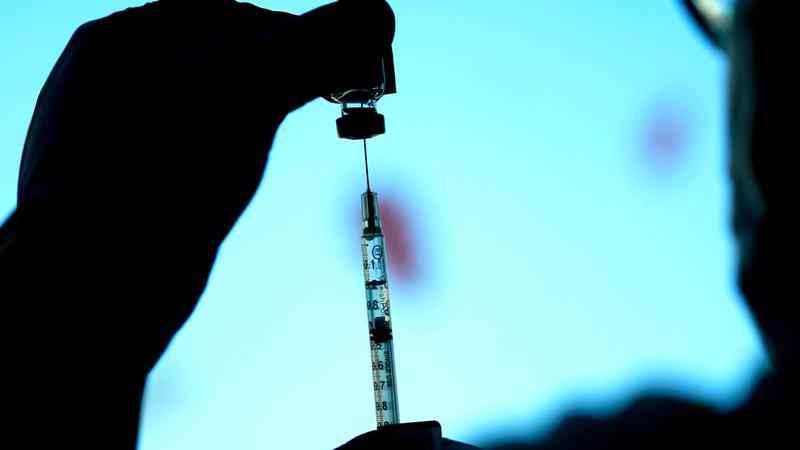Finding and tracking COVID variants; expert explains importance
[anvplayer video=”5081877″ station=”998122″]
The first case of the COVID-19 omicron variant was detected in Minnesota in early December — just over a month later, it’s now the dominant variant spreading in the community.
When the Minnesota Department of Health (MDH) announced it had tracked the first case of the variant, Minnesota was the second state in the nation to do so. It was so quick and efficient in doing so because of MDH’s variant surveillance program.
Based in the MDH’s Public Health Lab, that program has been busy — very busy.
“It’s [been a] quite interesting and stressful almost two years,” Sean Wang, sequencing and bioinformatics supervisor at MDH’s Public Health Lab, said.
According to MDH, about 15% of all positive COVID-19 test samples are delivered to the lab. Those samples are then part of whole-genome sequencing — a process that breaks down, in this case, a virus, and looks at its genetic makeup. That allows health officials to link cases to one another to detect an outbreak or determine a variant.

FILE - A dose of a Pfizer COVID-19 vaccine is prepared at Lurie Children's hospital, Nov. 5, 2021, in Chicago. The Biden administration is making billions of dollars available to drugmakers to scale up domestic production of COVID-19 vaccines in the hopes of building capacity to produce an additional 1 billion shots per year to share globally.[AP Photo/Nam Y. Huh, File]
Wang’s team has handled tens of thousands of cases since the beginning of the pandemic.
As of the first week of January, according to MDH, Wang’s lab is sequencing about 650-800 samples per week. To put that rate into perspective, before the pandemic — when the lab’s main focus was on tracking food-borne illnesses — Wang said the lab would sequence about 2,000 samples per year.
Since the beginning of the pandemic, the Public Health Lab has sequenced more than 20,000 samples of COVID-19.
“Our goal is 100% accuracy throughout the whole testing process,” Wang said about their work.
It took the omicron variant about three weeks to become the dominant strain across the country, including in Minnesota. According to MDH, 90% of positive samples in Minnesota may be omicron.
“I’ve just never seen anything like it,” Dr. Archelle Georgiou, KSTP medical expert, said about how quickly omicron has and continues to spread.
Dr. Georgiou said she’s proud of how efficient the state’s genome sequencing has been, telling 5 EYEWITNESS NEWS the work has an impact on treatment plans, and in turn, can help survival rates.
“We knew to look for [omicron] in others, we could ramp up the testing,” Dr. Georgiou said about the lab’s work at tracking the first case of omicron. “We knew that it was important to look to distinguish between omicron and delta in the community so that we would know how to best treat patients who had COVID-19.”
As for if people can find out if they contracted the omicron variant, after testing positive for COVID-19, MDH said it cannot share that information due to federal regulations. The only known person is patient-zero identified in early December as the health department was tracking the person to learn more about the new variant.